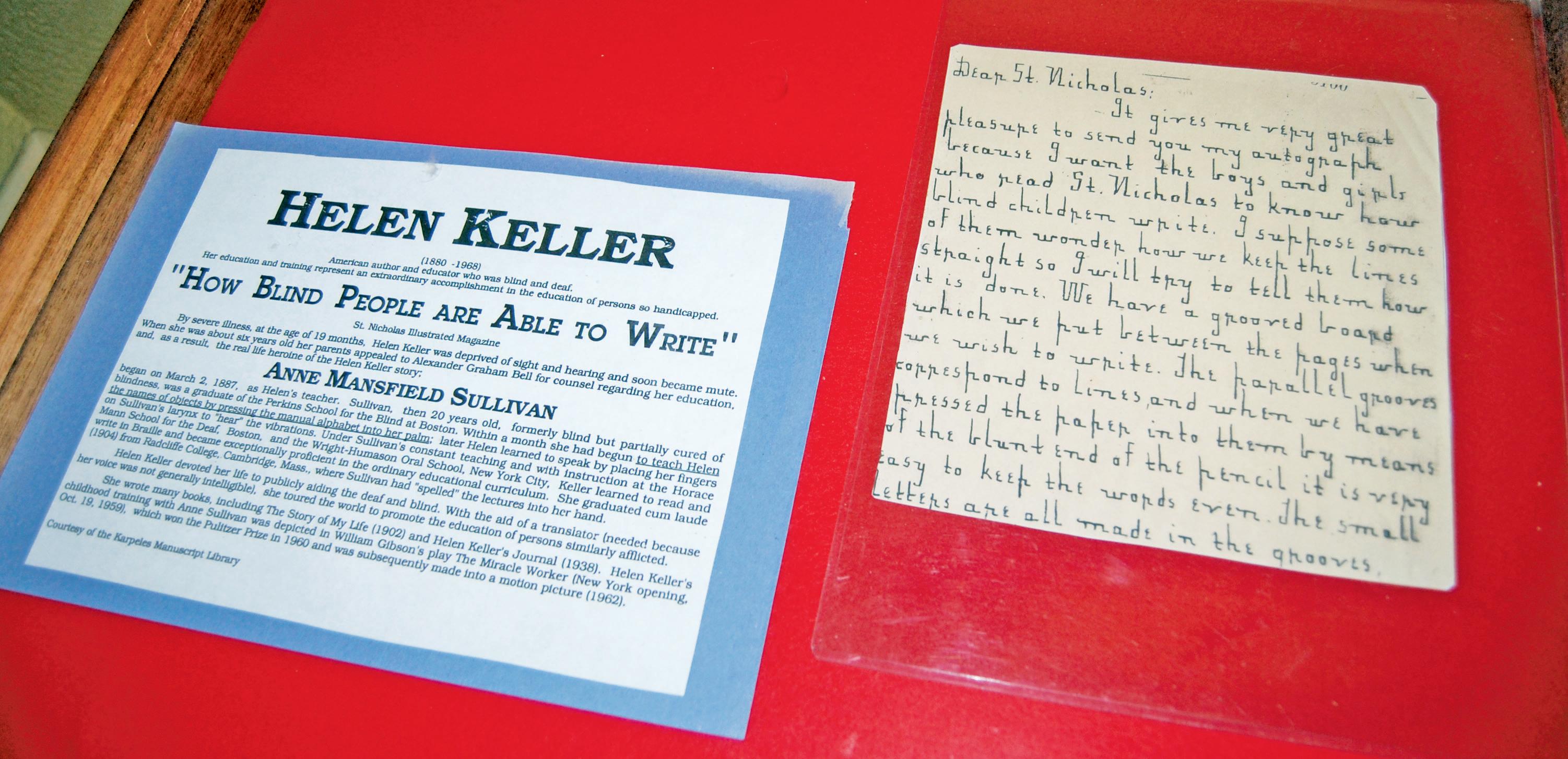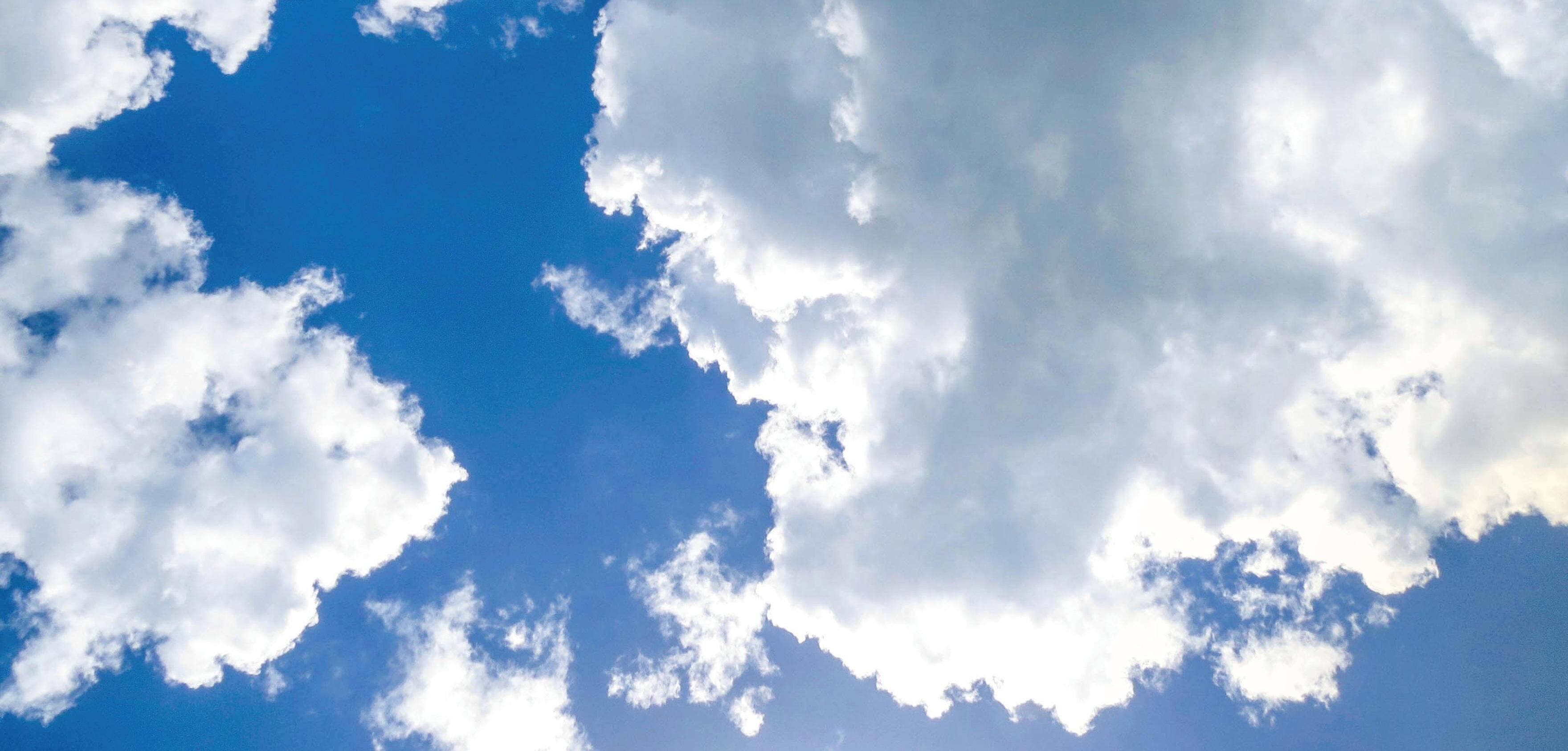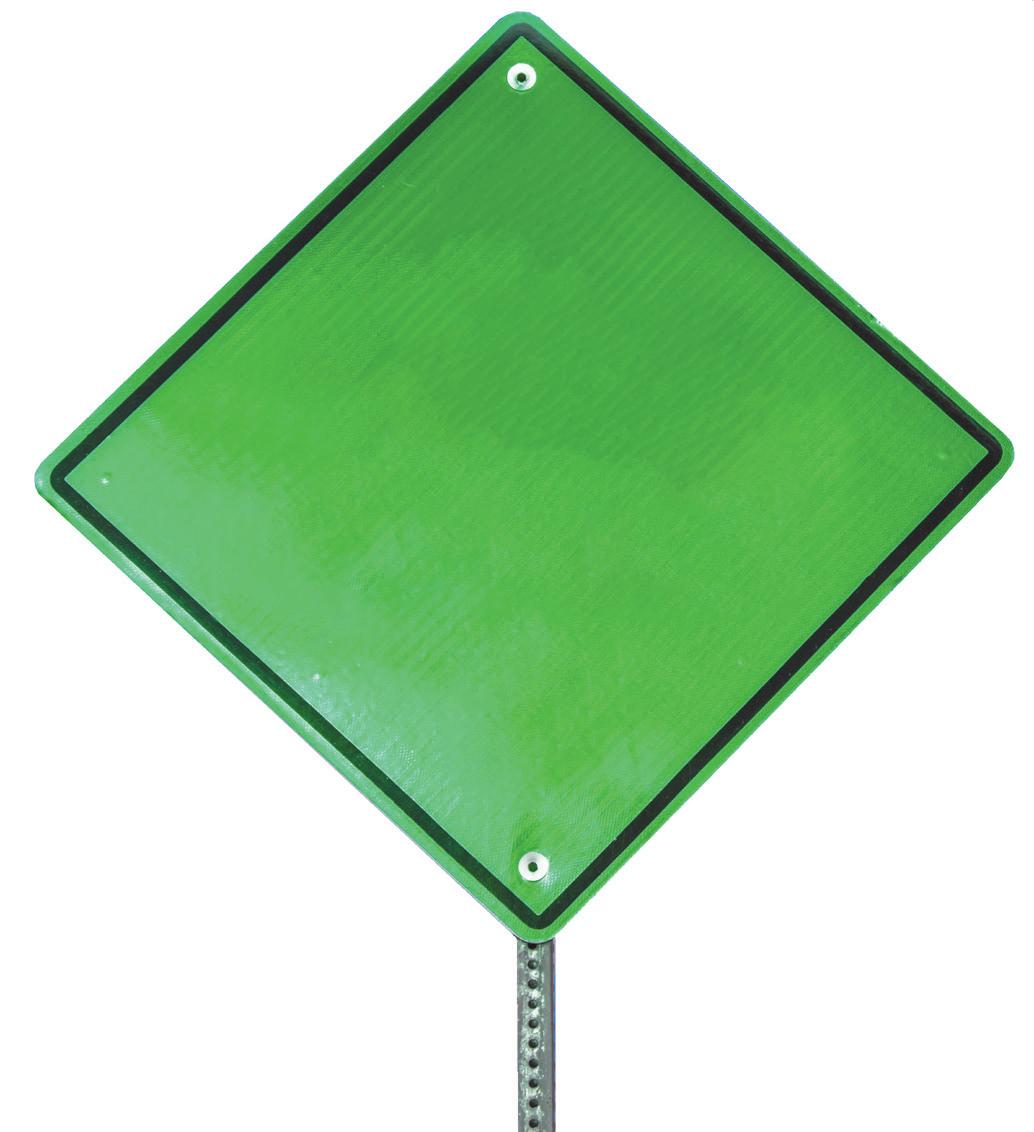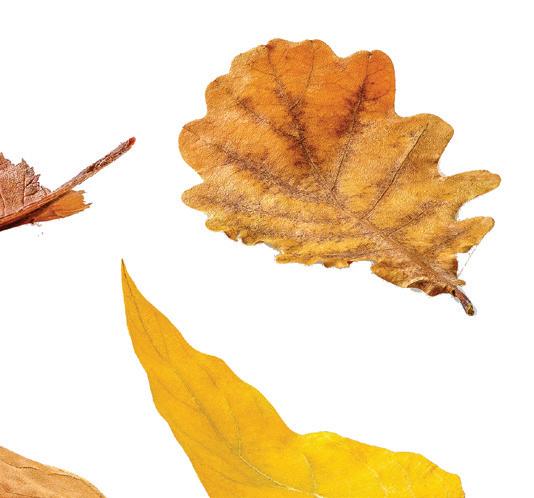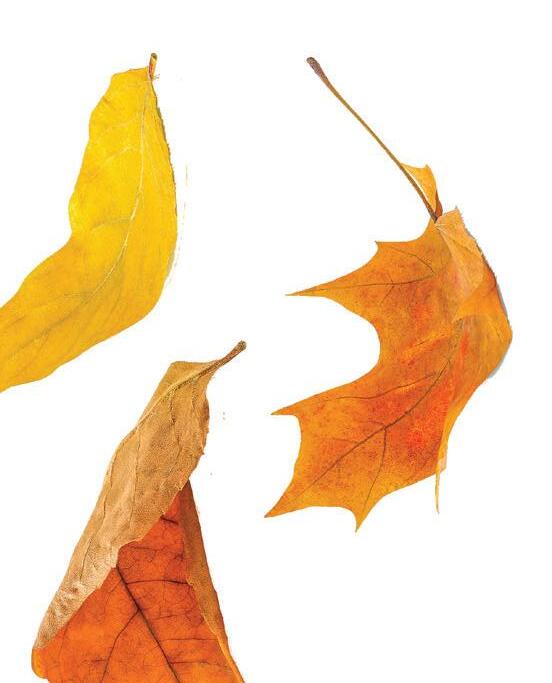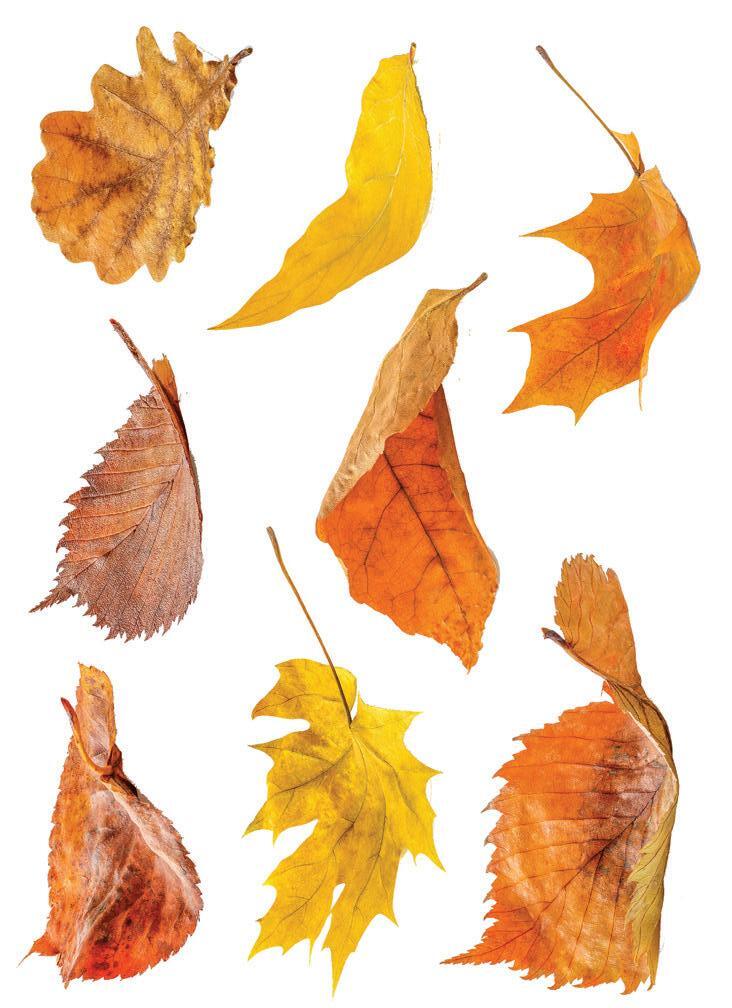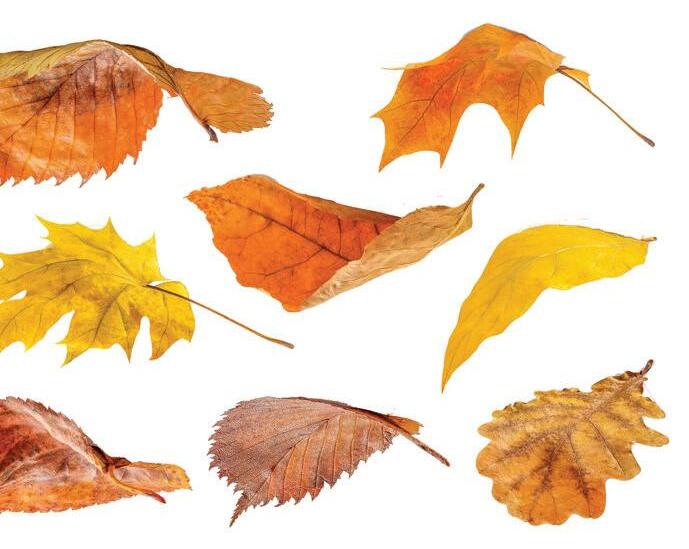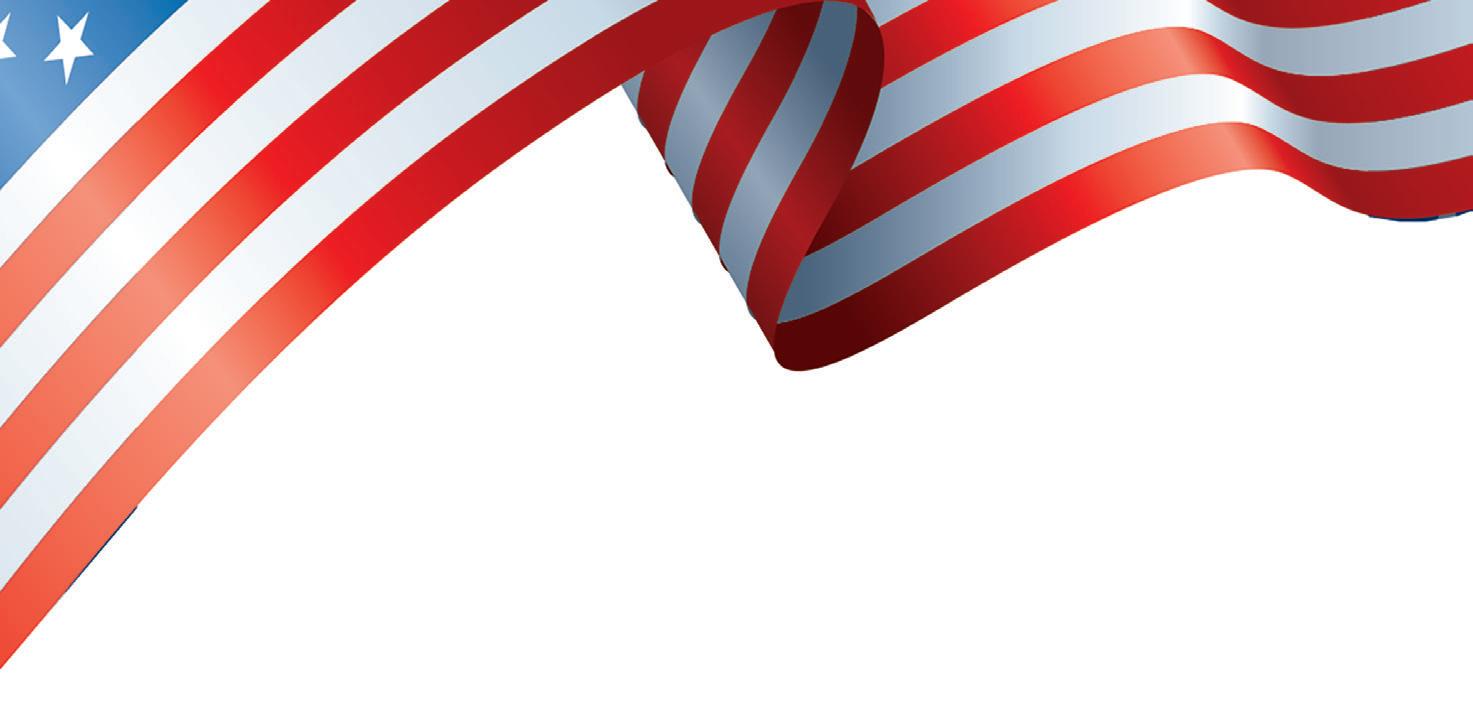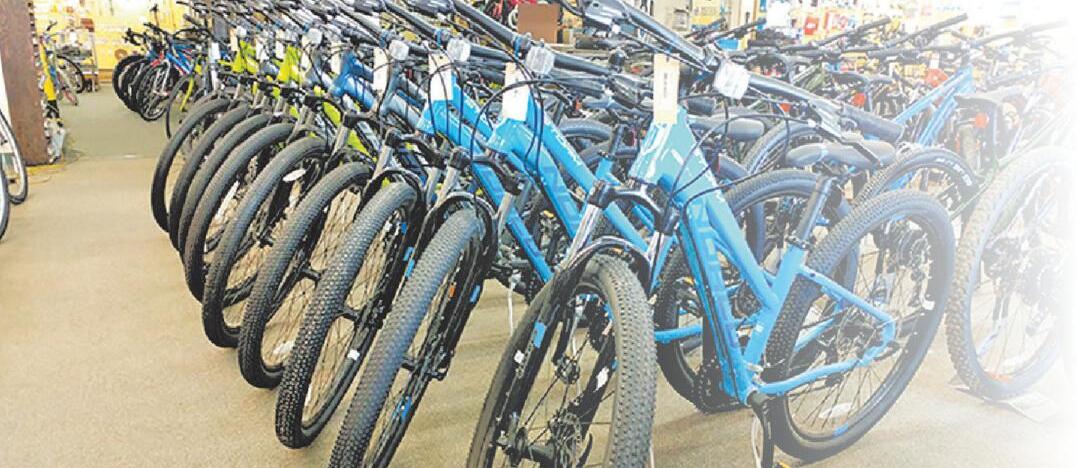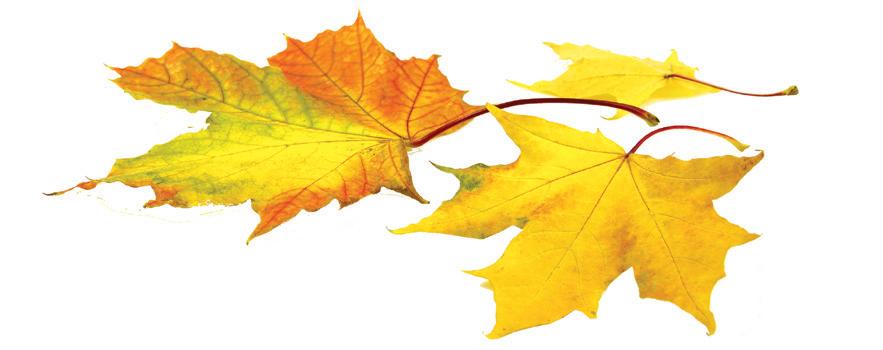
3 minute read
THE WEIGHT OF HISTORY ON DISPLAY KARPELES MUSEUM ROTATES ITS COLLECTION OF MANUSCRIPTS AND MORE
BY KATHLEEN MURPHY
If there is one thing Sandy Metzdorf would like everyone to know, it’s that Duluth’s Karpeles Manuscript Museum is not a dusty, boring place. “Something about the words ‘old manuscript’ makes people think of dust and dark spaces,” said Metzdorf, a museum greeter at Karpeles. “And that’s definitely not what we are.”
The building itself, the former home of First Church of Christ, Scientist, is what draws some people in. Large stained glass windows allow natural light to flood the building, which for the most part, was renovated for the museum but allowed to retain its church feel. “It hasn’t changed much inside,” Metzdorf said. “A lot of people come in just to look at the architecture of the building, then stay for the exhibits.”
The Karpeles Manuscript Library Museum system consists of several locations nationwide and boasts the world’s largest private collection of original manuscripts and documents.
The museum’s founders, David and Marsha Karpeles of Santa Barbara, Calif., have strong ties to Duluth; it is David’s hometown. An alumni of both Duluth Denfeld High School and the University of Minnesota-Duluth, David Karpeles made his fortune in real estate.
Their interests lie in collecting and preserving original manuscripts, but it was their decision to share the knowledge that prompted the creation of the Karpeles foundation and museum system. They wanted anyone with the desire to learn to have free access to their collection. None of their locations charge an admission fee. Many of the documents in their collection of over two million rotate throughout all of the system’s locations, which means the exhibits are always changing.
David and Marsha Karpeles already had most of their museums open and operating when they came back to
Duluth for a 40th class reunion. While there, a classmate teased Karpeles about not having one of their museums in his hometown. One can only guess what went through Karpeles’ mind that evening, but the next day, he made an offer to buy the former church and had the museum operating within a year.
Duluth is fortunate to have such a museum. Rotating through the system’s vast collection are rare and historical items such a proposal draft of the Bill of Rights, as well as Babe Ruth’s original signed contract (though neither are on display in Duluth at the time of this writing). The idea behind displaying original documents is to allow guests to see the formation of an important piece of writing, to see the corrections and thought process that went into a document that we usually know about only in finished form.
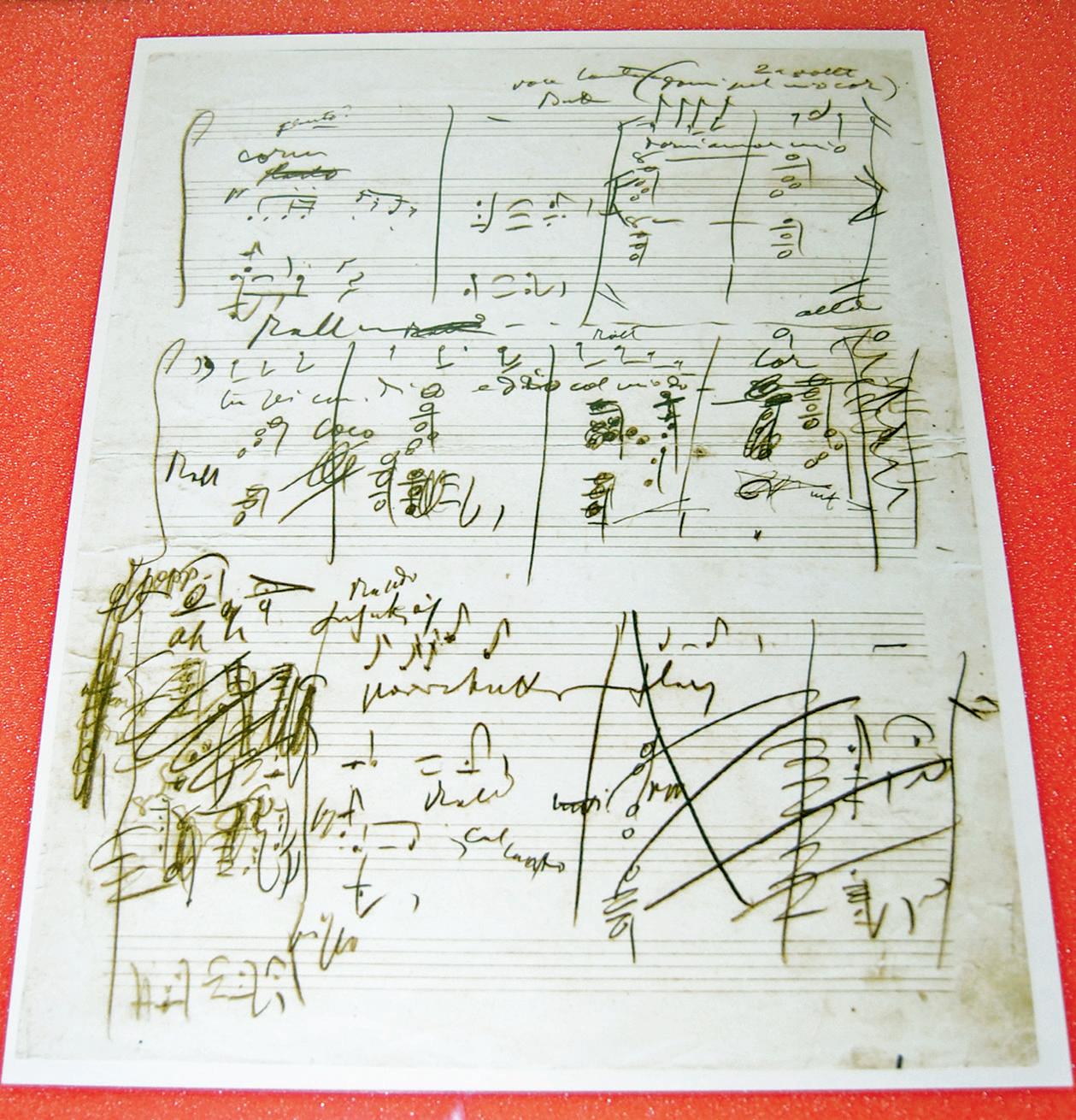
In the Duluth museum in late August, for example, visitors could read a diary page written by Helen Keller, as well as a handwritten page of notes from Dr. Martin Luther King Jr.’s “We Shall Overcome” speech. It is a weighty feeling to be in the presence of documents held in the hands of such important American figures, knowing they were carefully considering words that would later become so important to our history.
If that thought isn’t enough to bring a person to explore this museum, the non-manuscript items might be of interest. Several wooden ship replicas, for example, are scattered predominantly throughout the gallery. They are behind glass, so don’t be worried about bringing small children, who are sure to enjoy the large, colorful ships.
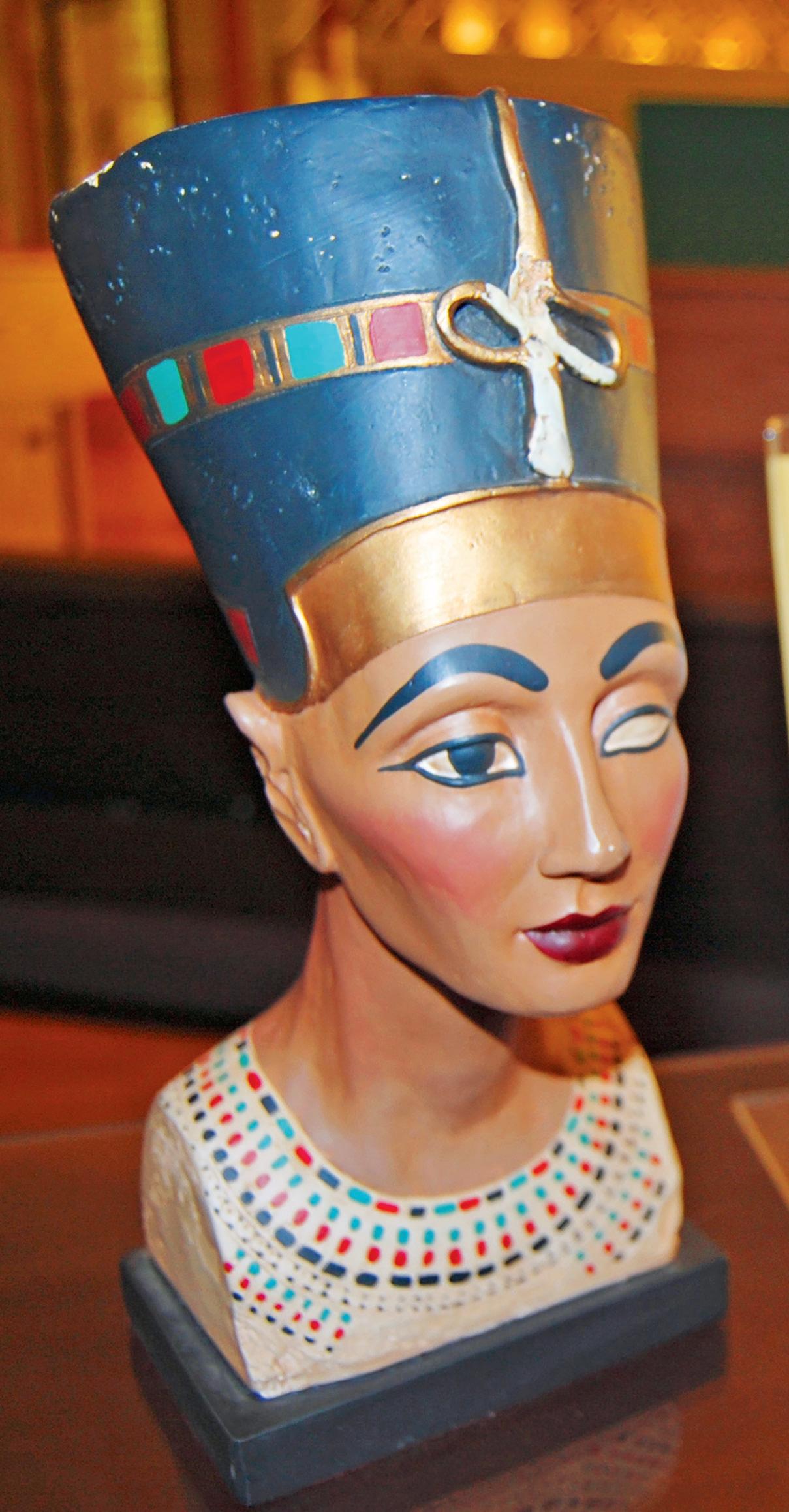
Get close to a detailed replica of a Viking longboat, as well as several tall ship replicas such as the Swedish ship “Vasa,” named after Sweden’s King Gustavus Vasa. Of course, a document accompanies the ship, one of only nine known documents in the world to bear King Vasa’s signature. It is a letter to Queen Mary I of England, asking her to cease trade with Russia and instead begin trading with the newly developed country of Sweden. She did.
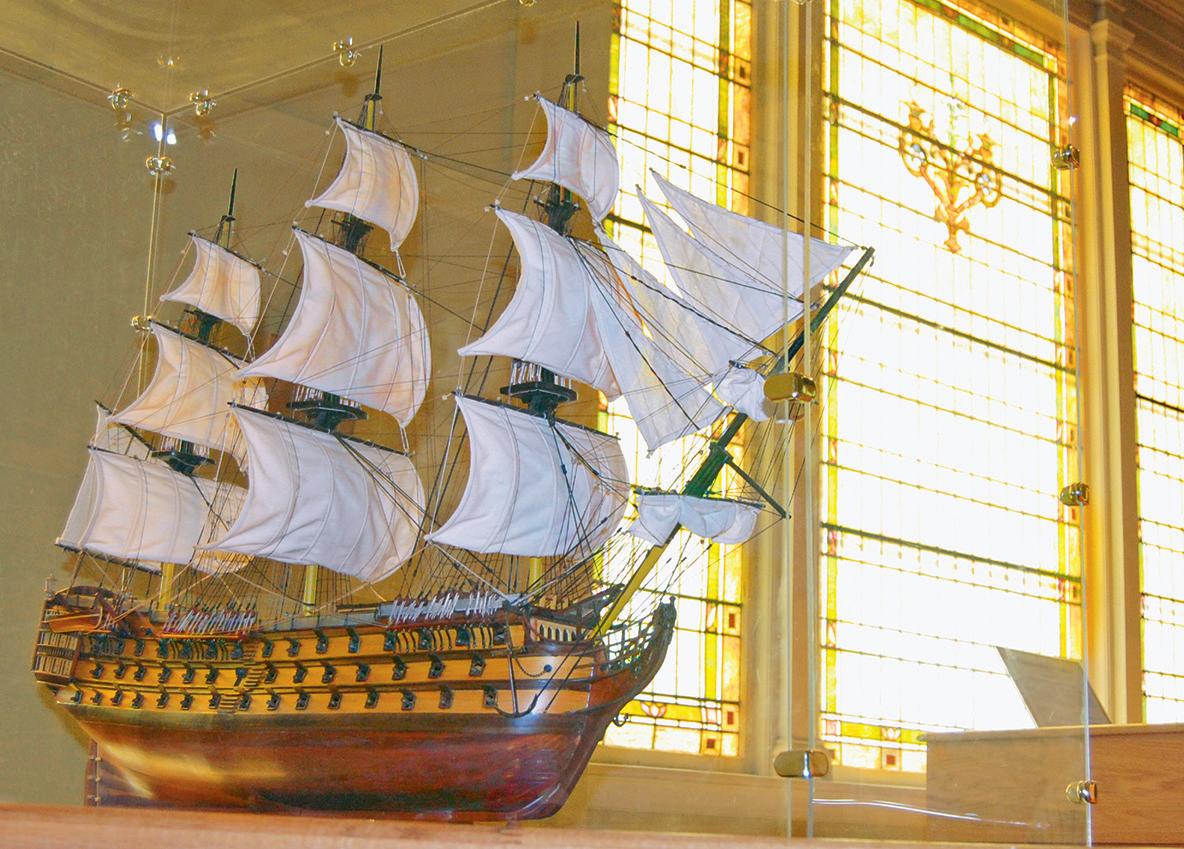
A display of ancient Egyptian sand carvings and other artifacts sit feet away from a shelf of telephones, displayed in order from oldest to newest (one of the original car phones in a case). Of local interest, the museum houses medical equipment once used by Dr. Harry M. Stoel, a physician who practiced medicine in Duluth more than 100 years ago. Along these same lines, the Karpeles Museum system owns one of only five remaining original mold spores from the development of penicillin. “That display hasn’t been in Duluth,” Metzdorf said. “It is definitely something I would like to see.”
The museum engages with the community when it can. They rent the space for events such as parties and weddings. The first Sunday of every month, the museum hosts chamber music, coffee and cake for attendees to enjoy while taking in the exhibits. Check with the museum’s website for the time.
They also provide exhibit space for area artists. Recently on display was the artwork of Clare Cooley, featuring her exhibit “Warblers & Wildflowers,” 26 pieces depicting a different species of regional bird and bloom. On Tuesday evenings from 5:15-6:05 p.m., a yoga class is held in the museum, open to the public. “The high arching ceilings, beautiful skylight, and huge vibrant stained glass windows provide a calm and healing environment for yoga,” said yoga teacher Kyle Leia Heyesen.
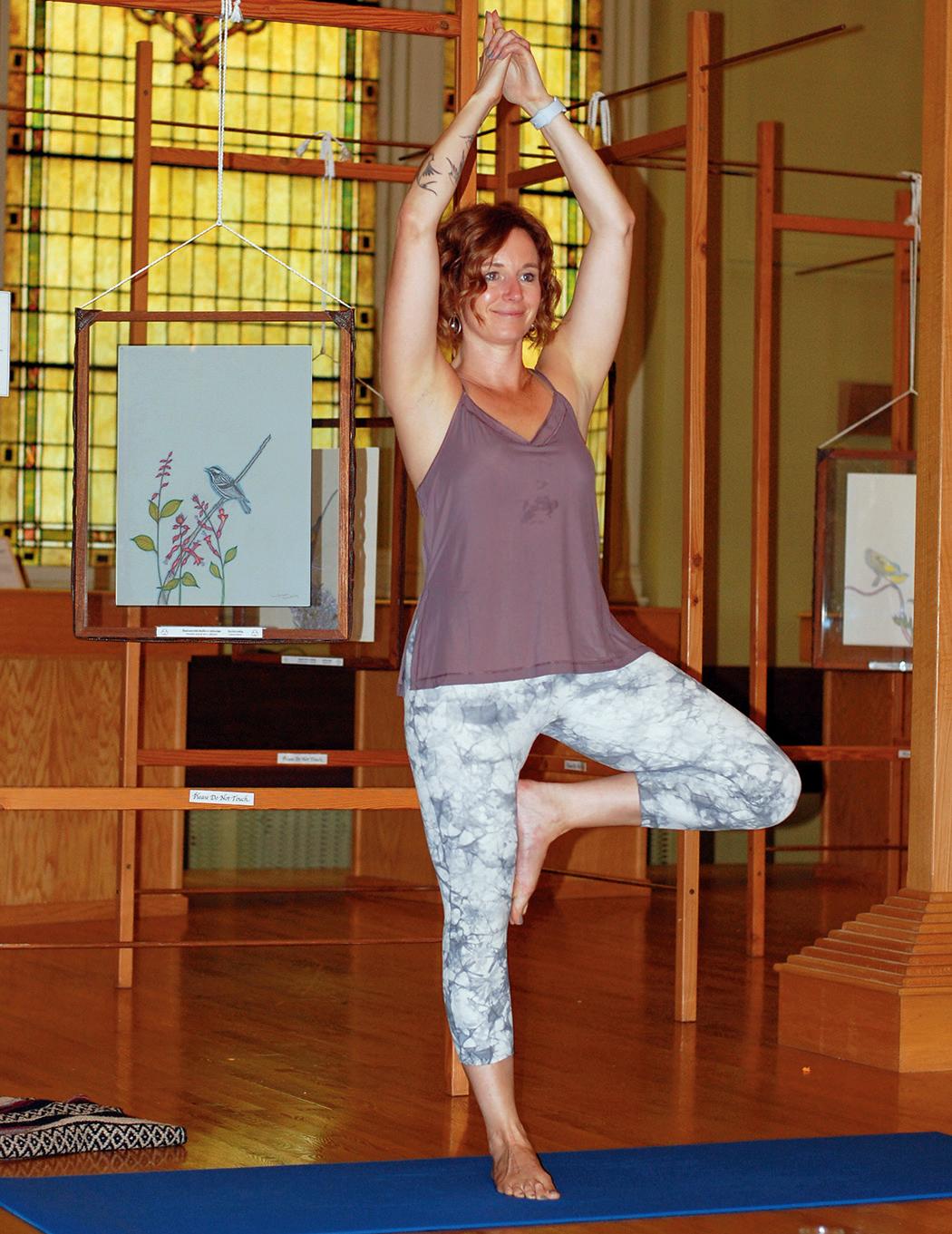
“This museum truly is a hidden gem in Duluth,” Metzdorf said.
